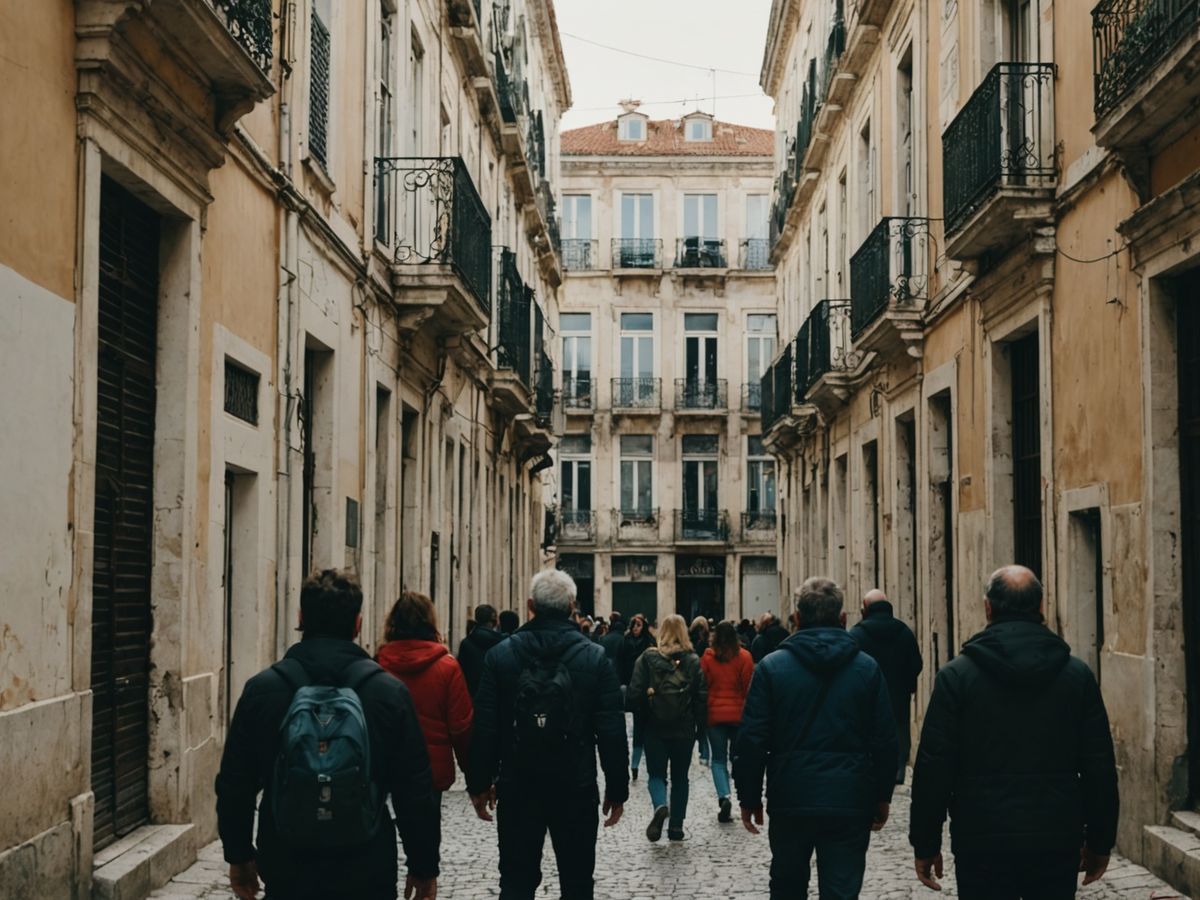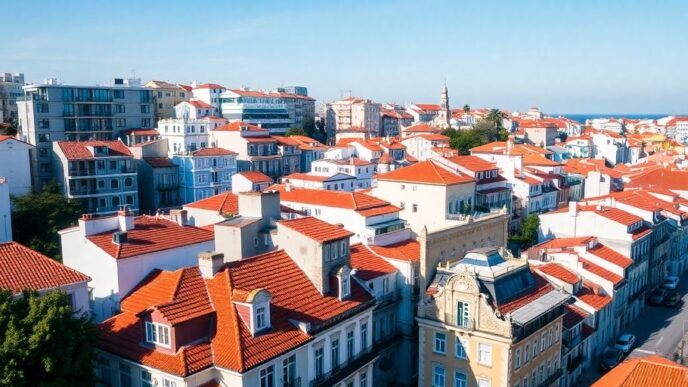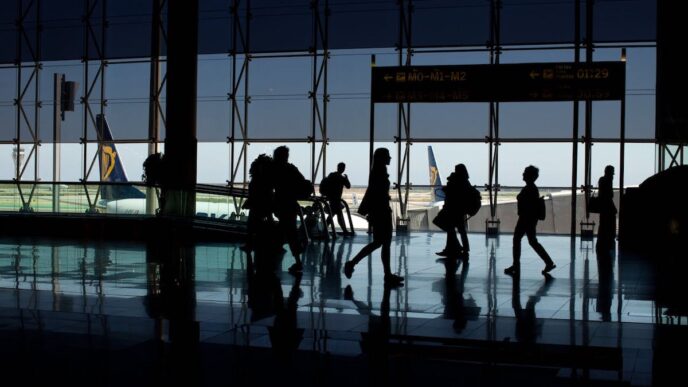From the windows of António Lemos’ home, you can see the tops of some of the trees around Belém Palace, the official residence of the President of Portugal. António’s windows are actually holes through which the sun, rain, and wind come through. This is the reality for many in Lisbon, a city grappling with a severe housing crisis.
Key Takeaways
- Lisbon’s housing crisis has left many living in dilapidated conditions.
- The crisis is exacerbated by foreign investment, tourism, and gentrification.
- Efforts to address the issue are ongoing but slow.
The Struggle for Decent Housing
António Lemos, a 79-year-old former kitchen assistant and war veteran, lives in a dilapidated house without a door, electricity, water, or gas. He uses candles for light and cleans up in a public bathroom. Despite his dire circumstances, António maintains his appearance and hygiene, believing that giving up on these would lead to faster disaster.
António is one of the many low-income individuals in Lisbon who cannot afford conventional housing. He receives a monthly pension of €525 ($568) and an additional €175 ($189) annually for his service in the colonial war. Unable to pay rent, he settled in an abandoned house, sharing it with cats and waste.
Mário Cruz’s ‘Roof’ Project
Mário Cruz, a two-time World Press Photo winner, has been documenting Lisbon’s hidden housing crisis for a decade. His latest project, ‘Roof,’ sheds light on the inhospitable and unhealthy places that have become homes for those who cannot afford a conventional roof over their heads. Cruz started this project in 2013 during the Troika crisis when many people lost their homes due to austerity measures.
The Impact of Gentrification and Tourism
Lisbon has become a popular destination for foreign investors, digital nomads, and tourists, putting immense pressure on the real estate market. In 2023, it was declared the best urban destination in Europe at the World Travel Awards. However, this success has led to gentrification and skyrocketing housing prices, making it difficult for locals to find affordable housing.
Government Efforts and Challenges
Carlos Moedas, the mayor of Lisbon, acknowledges the severity of the housing crisis. The government has invested €560 million in housing, providing rent assistance to 1,000 families and subsidized housing to low-income individuals. Despite these efforts, solving the crisis will take time.
The Reality of Living Among Ruins
Lisbon is the third most expensive city in Europe, with rental prices far beyond the reach of the average Portuguese worker. Many people, including young mothers, construction workers, and retirees, live in derelict buildings with crumbling roofs and gigantic cracks. They try to make these places home, often clinging to religious faith and maintaining a semblance of normalcy.
António Lemos, for instance, goes to mass every Sunday and hides his living conditions from his daughter and friends. He lost his last decent home when Chinese investors bought the property. Now, he receives his correspondence at his sister’s house, who is unaware of his situation.
Conclusion
The housing crisis in Lisbon is a complex issue exacerbated by foreign investment, tourism, and gentrification. While the government is making efforts to address the problem, it will take time to provide decent housing for all. In the meantime, many like António Lemos continue to live among ruins, maintaining their dignity and hope for a better future.













